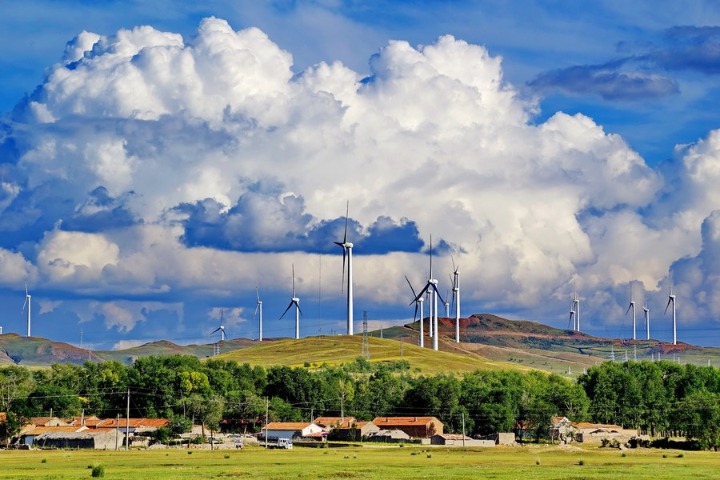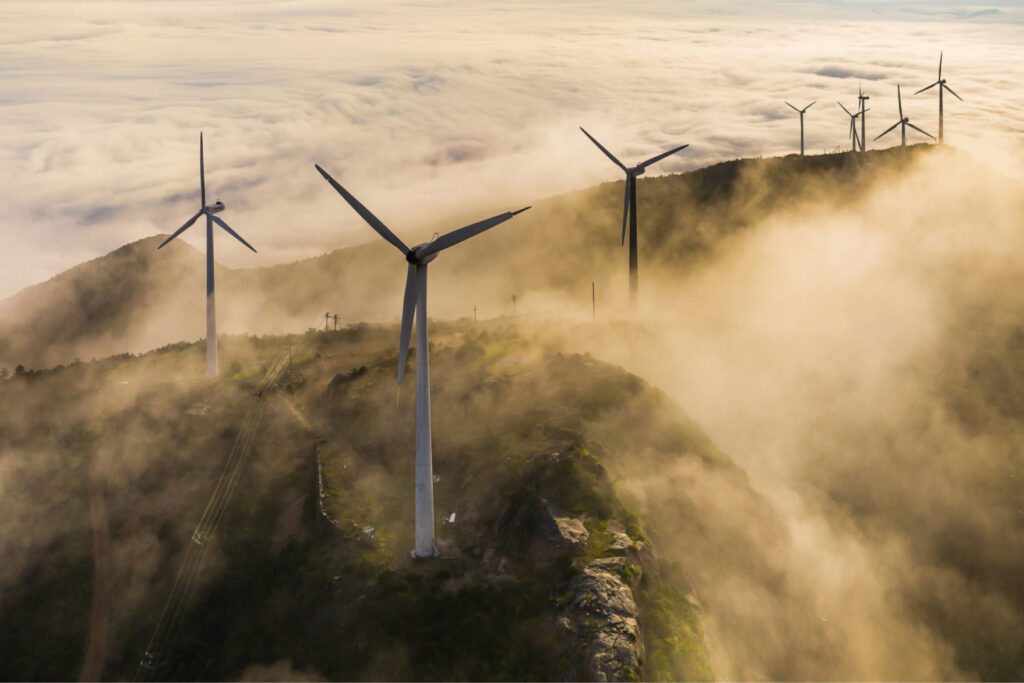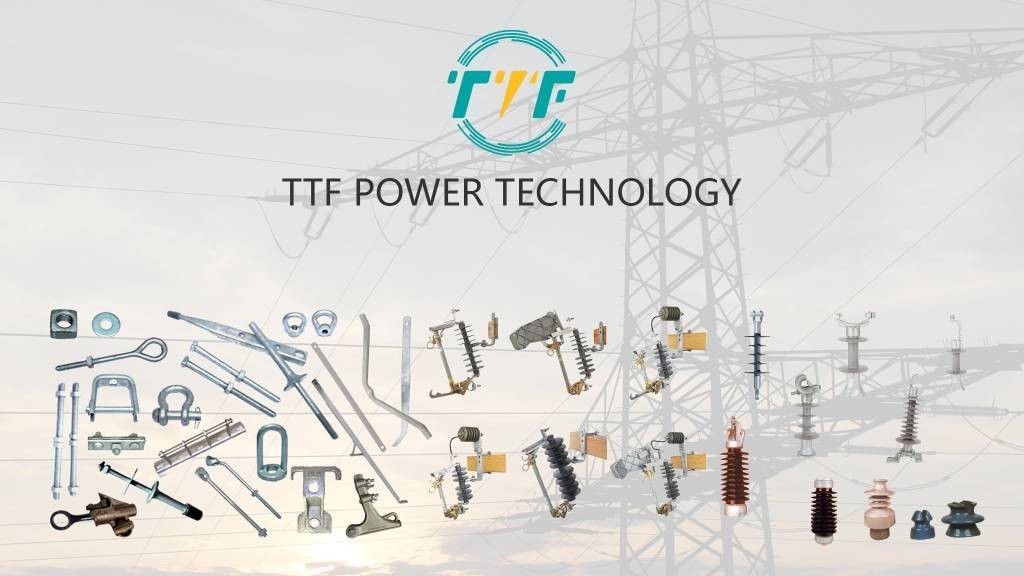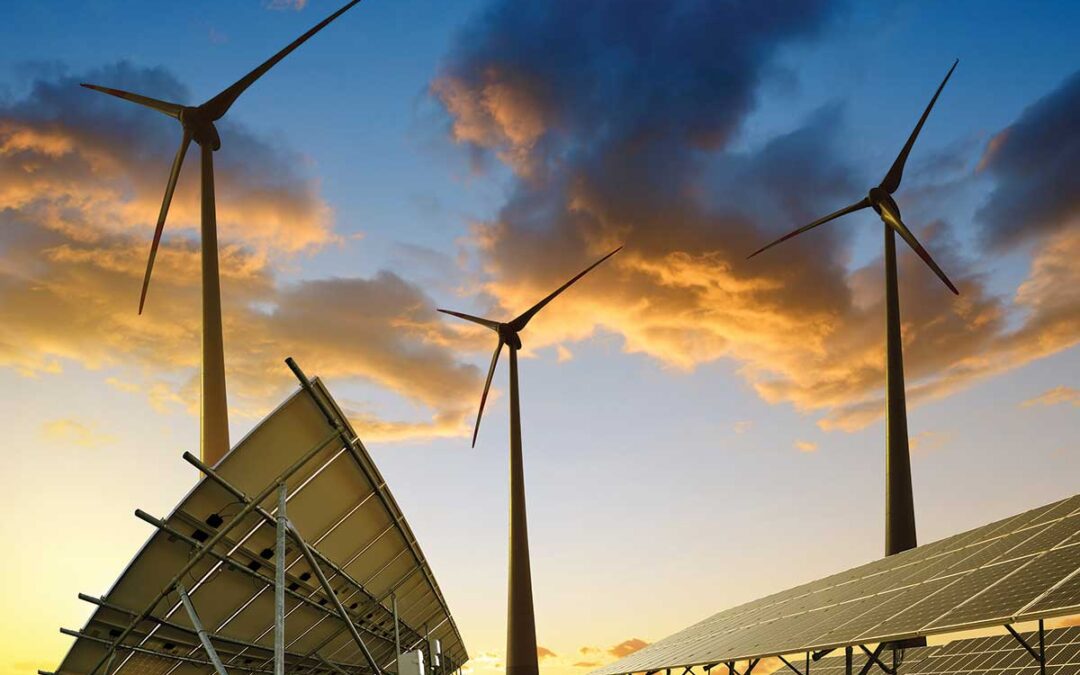- Argentina’s renewable energy grow with wind, solar, and gas bridging the clean energy transition.
- Financing hurdles like inflation, weak bonds, and grid gaps slow renewable energy progress.
- Policies, tech, and smart tools like pin insulators boost infrastructure and market expansion.
In 2025, countries are expected to submit their nationally determined contributions (NDCs) under the Paris Agreement. The submissions are to reflect the fair transition away from fossil fuels in energy systems. According to Climate Watch, Argentina accounts for 0.83% of global greenhouse gas (GHG) emissions. The country is characterized by diverse climates and access to both renewable and non-renewable energy resources. Fossil fuels in Argentina account for 86%, while renewable energy sources such as solar, wind, biomass, and hydropower represent 13.9%. The country has set ambitious targets, including achieving a 20% renewable electricity share by 2025, phase-out of fossil fuels, and support cleaner technologies. There have been visible programs like RenovAr, but they have slowed down amid economic turbulence.
Argentina’s energy transition has been constantly supported by a mix of public policies, international funding, and market-based mechanisms. The RenovAr program attracted over 4.7 GW of contracted capacity. It also offered 20-year PPAs in USD to mitigate currency risks. Additionally, YPF issued $325 million in sustainability-linked bonds for decarbonization. Argentina is exploring regulated carbon markets to leverage its renewable potential. Recent policy shifts have introduced uncertainties on its long-term climate commitments. The balance between economic development and environmental responsibility remains a central challenge. This is crucial as the country navigates its energy transition. In this context, the article will explore the renewable energy potential in Argentina and the impacts of financial instruments. It also highlights the need for continued investments for decarbonization and a shift towards clean energy.
Financial instruments driving renewable energy growth in Argentina
Argentina holds wind resources in the Patagonia region, solar potential in the northwest, and a national push toward decarbonization. Unlocking their potential needs natural resources and financial instruments to turn renewable energy goals into action. The renewable energy growth is about creating a resilient financial ecosystem. It can support innovation, attracting investments, and ensuring long-term energy sustainability. Despite these instruments, the renewable energy sector faces challenges like currency risks, lack of hedging instruments for long-term contracts, slow development of local financial markets for clean energy, and regulatory uncertainty. Here are the key mechanisms and their impacts on Argentina’s energy sector.

- RenovAr program—the key features of this program include a public-private investment framework and competitive bidding rounds for wind, solar, biomass, and mini-hydro. It also includes long-term USD-denominated power purchase agreements backed by sovereign guarantees. The RenovAr program has over 4 GW of renewable energy capacity and has aided in slashing energy prices, creating market uncertainty.
- FODER trust fund—this is a public-private trust fund designed to reduce financial risks. It provides payment guarantees for PPAs, provides project termination coverage, and acts as risk mitigation mechanisms to attract private and international investment. However, its activity has reduced in recent years due to budget constraints and shifting political priorities.
- International climate finance—international institutions play a crucial role in stabilizing the role amid Argentina’s macroeconomic turbulence. The instruments used include concessional loans, technical assistance, and co-financing of large-scale wind and solar parks.
- Green bonds—green bond development in Argentina is driven by development banks, pioneering corporations, and subnational governments. Green bonds could become a bigger player in Argentina’s renewable energy landscape.
- Public-private partnerships—major companies are entering solar and wind deals to cut energy costs and emissions. Also, governments partner with private entities for infrastructure development in grid modernization and off-grid solar.
Opportunities for sustainable energy growth in Argentina
Argentina holds untapped potential with vast natural resources, strong energy demand, and increasing interest in clean power. There are various opportunities that make the country a renewable energy hotspot in South America. The rising energy demand makes the need for scalable, affordable, and reliable power sources stronger. Currently, total installed capacity is 4.3 GW wind energy, 1.6 GW solar, 700 MW biomass, hydro, and others. Renewables contribute to nearly 17% of Argentina’s electricity mix, with a goal of 20% by 2025 and 57% by 2030. However, the industry must address challenges like macroeconomic instability, currency and country risks, grid congestion, and lack of transmission infrastructure in remote regions. Argentina is considered an attractive long-term play for clean energy investors. Key opportunities for renewables include
- Utility-scale wind and solar—there are high-capacity projects in regions like Chubut, Neuquen, San Juan, and Jujuy.
- Green hydrogen—the country has great potential to produce and export hydrogen using renewable sources.
- Grid modernization—there is continued investments in upgrading transmission lines and smart-grid tech.
- Distributed generation—this includes the development of rooftop solar and microgrids for rural electrification.
Renewable energy is expanding Argentina’s market share.
With renewable power at the center, Argentina has the potential to rewrite its energy story. The country is leveraging its vast wind and solar resources to expand its energy market share, attract global investment, and position itself as a clean energy leader in South America. This expansion is driven by RenovAr and FODER programs, international climate finance, a green hydrogen roadmap under development, and net metering laws supporting distributed generation. Here is how renewable energy is expanding energy market share.

- Renewable energy—Argentina’s transition to renewables is a strategic move to boost energy independence, lower generation costs, open new export markets, and create green jobs and industries. For instance, wind and solar dominate new additions due to ultra-competitive pricing and abundant natural resources.
- Expanding domestic market share—integrating more wind, solar, and biomass into the grid reduces the dependence on imported LNG. This shift lowers energy costs, improves energy security, and makes the national grid more resilient. The use of clean energy in industries helps power high-demand industries like lithium and copper mining, attract ESG-driven companies, and enable large-scale corporate PPAs.
- Capturing global market share—the renewable energy revolution is paving the way for new exports and international influence. The use of green hydrogen provides a clean fuel of the future. It provides the potential to export hydrogen to Europe and Asia, positioning the country as a renewable-powered fuel exporter. Renewable energy helps power lithium extraction with lower emissions, attract sustainable mining investments, and increase competitiveness in the global EV supply chain.
Challenges facing financial investments for clean energy expansion
Argentina has the potential to become a regional leader in renewable energy. There are various financial mechanisms like the RenovAr, FODER trust fund, and green bonds driving growth. However, there are challenges threatening the scalability and sustainability of clean energy development. Argentina can unlock its renewable energy future by reforming and strengthening its financial ecosystem. This is through developing hedging mechanisms, strengthening green finance regulations, creating dedicated grid finance tools, and partnering with multilateral institutions. These measures can help reduce inflation risks for investors, restore confidence, expand the green bond market, and enable transmission upgrades in renewable hotspots. The following are the challenges facing investments for renewable energy expansion.

- Macroeconomic instability—the financial instruments face high inflation and frequent devaluation. Investors may worry about capital repatriation and losses due to exchange rate fluctuations. This may deter foreign investors, raise financing costs, and reduce bankability for long-term infrastructure projects.
- Uncertainty around FODER and government guarantees—FODER’s payment guarantees have been questioned due to budget constraints. Political shifts have made investors wary of shifting support.
- Limited depth in local markets—Argentina’s financial markets limit the ability to fund renewable projects at scale. This may result to challenges such as few institutional investors in green financing and a lack of risk-sharing instruments. This forces developers to rely on international financing, which is more expensive and risk-sensitive.
- Underdeveloped green bond market—there is a lack of standardized green bond frameworks and ESC rating systems. Argentina can improve transparency, regulatory alignment, and demand for sustainable investing growth for green bonds to be utilized.
- Transmission infrastructure gaps—this limits project viability due to grid congestion, lack of transmission lines, and focus on generation. Lack of dedicated funding channels for infrastructure slows down the energy value chain.
- Regulatory and policy uncertainty—clean energy investors need predictable policy environments. Argentina faces issues like inconsistent tariff structures, delayed tender rounds, and lack of long-term energy transition. This makes financial planning difficult even with technically viable and environmentally sound projects.
The road ahead
Argentina’s natural resource abundance meets global clean energy urgency, placing it at a transformational crossroads. The country has plenty of wind and solar resources that could help it become a regional clean energy leader. The integration of natural gas and renewables forms a realistic and scalable path toward a low-carbon, resilient energy matrix. However, this development faces challenges. This includes economic instability, grid constraints, and underdeveloped financial instruments. Lack of green bonds and FODER guarantees may slow the pace of progress.

Infrastructure components like pole line hardware, insulators, conductors, and cables play a crucial role in strengthening the energy backbone. They help to enable the expansion of both traditional and renewable energy systems. At TTF Power, we are a one-stop shop for utility pole hardware fittings, transmission line accessories, and power line construction equipment. We provide our customers with the most extensive range of products in the industry, excellent value, and knowledgeable service. TTF is a world-class global provider of high-quality overhead line hardware, transmission hardware, distribution hardware, conductors, insulators, cutout switches, and anchoring and grounding products. Subscribe to our newsletter for weekly updates on energy and infrastructure.


